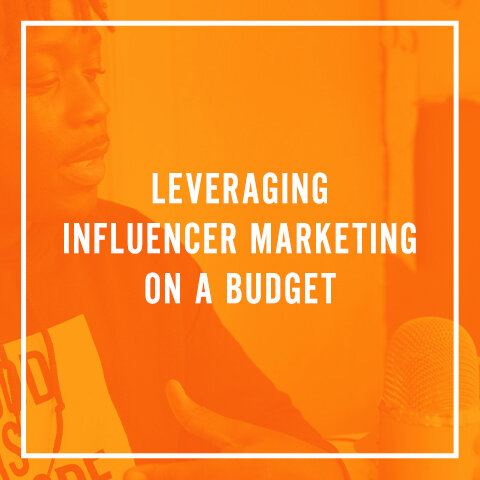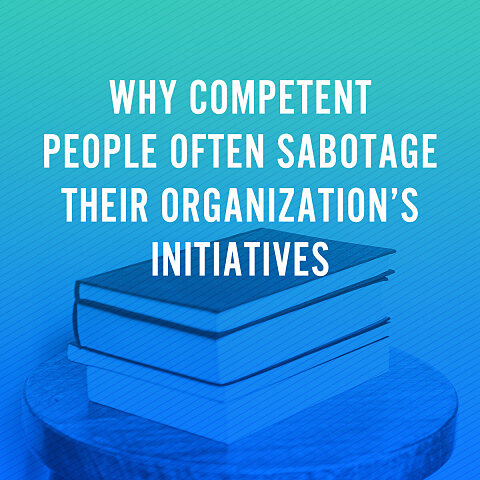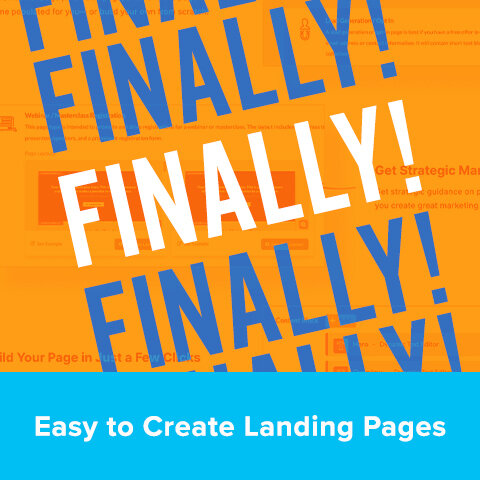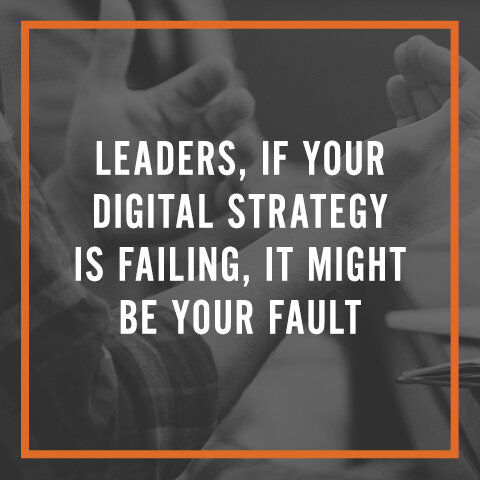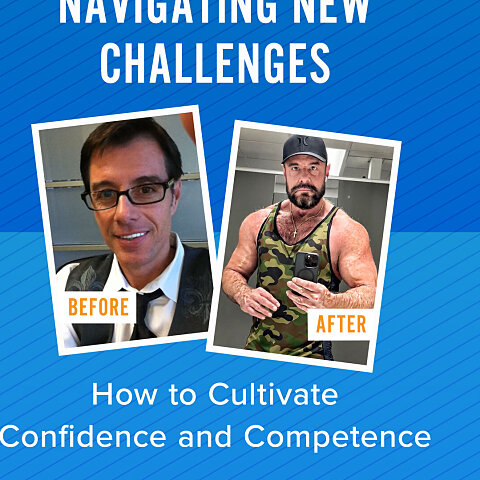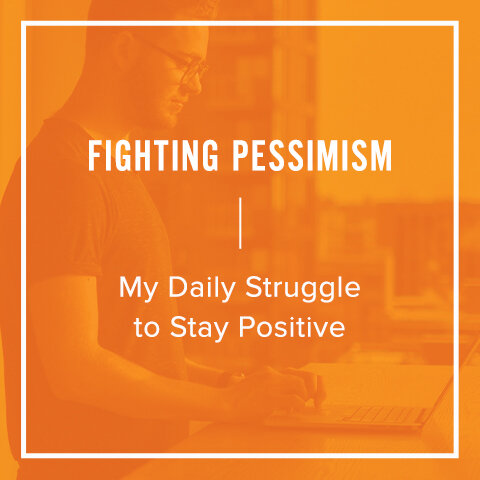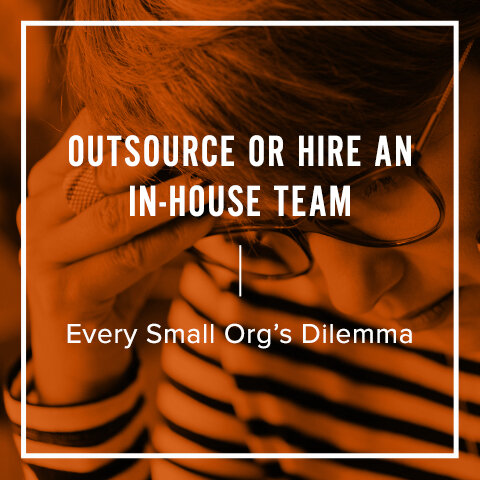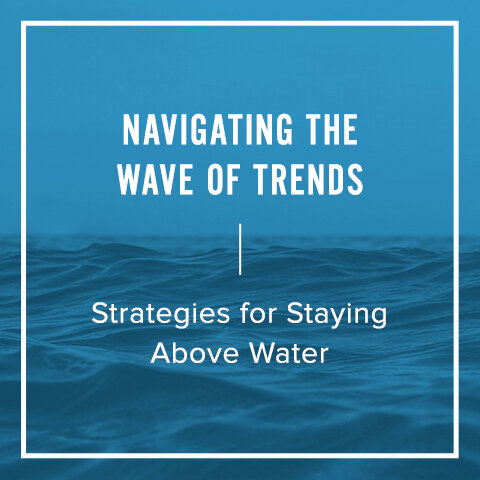I love to try new ideas. I hate to fail.
Both ideas can be true, yet we don't have a good way to make peace with both of them simultaneously.
The more conservative your organization is, the more difficult it is to try new ideas. After all, who wants to waste time, money, and personal equity on a failed attempt?
But you cannot move things forward without new ideas to infuse life and relevance to your work.
A few years ago, I decided my agency, The A Group, needed to sharpen our digital chops even further. We had been creating digital platforms and apps for the past two decades, but it was time to get deeper into digital funnels.
Most of our clients associate digital funnels with sales. Churches and nonprofits are averse to anything that could come across as salesy.
And yet, I knew that a version of the digital sales funnel could answer many of my clients' problems. After all, they could acquire more donors and volunteers and have a more significant presence by spending a fraction of the money they were spending on other types of campaigns.
So how did we breach the gap between trying something new and being okay if it didn't perform well?
We turned the challenge on its head and made change the norm.
Instead of launching a project that could succeed or fail, we launched a test first.
You always learn from a test. You learn what went right. You learn what went wrong. But at the end of the day, you learn a lot.
So a few years ago, we began working with our clients on "testing" new digital funnel strategies.
Once both our team and our clients experienced the freedom a test gives a project, things changed. There was a sense of excitement and freedom around good or bad results instead of the dread of a failed campaign.
Our tests today are way more sophisticated and involved than they were just a couple of years ago. Some of our clients are seeing results they never thought possible. Others are working through challenges without the anxiety that often happens when things don't go right at first.
Another interesting dynamic of the "testing culture," as I call it, is that breakthroughs are happening much faster than before.
Why? Well, I think you can pivot without having to save face when you have permission to change variables quickly.
Let me explain. When you test, you go into the process knowing that until you get out of the testing phase, things are going to be fluid. It's the very nature of a test.
The fear of going to the boss and saying that you are changing the campaign because it's not working is real. But until the campaign gets off testing mode, change is expected.
If you want to explore a new idea in your organization, but the fear of the unknown keeps you from speaking up or pulling the trigger, make it a test.






